The youngest science fiction author ever to earn a Hugo award, Robert Silverberg’s ascendance to the ranks of science fiction divinity commenced in the early 1950s as a budding pulp magazine talent.
With the publication of his first novel,
Revolt on Alpha C, in 1955, the youthful writer was ushered into the professional arena and a literary career was born.
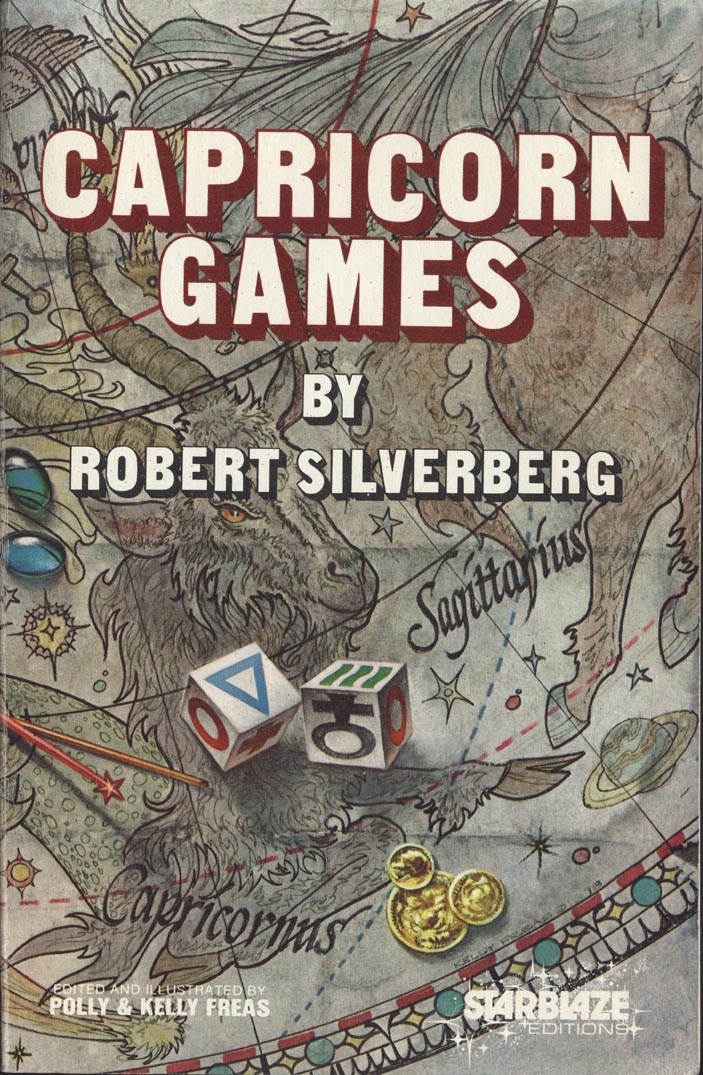 Starblaze Editions, 1979
Starblaze Editions, 1979
 Ballantine Books, 1966
Ballantine Books, 1966
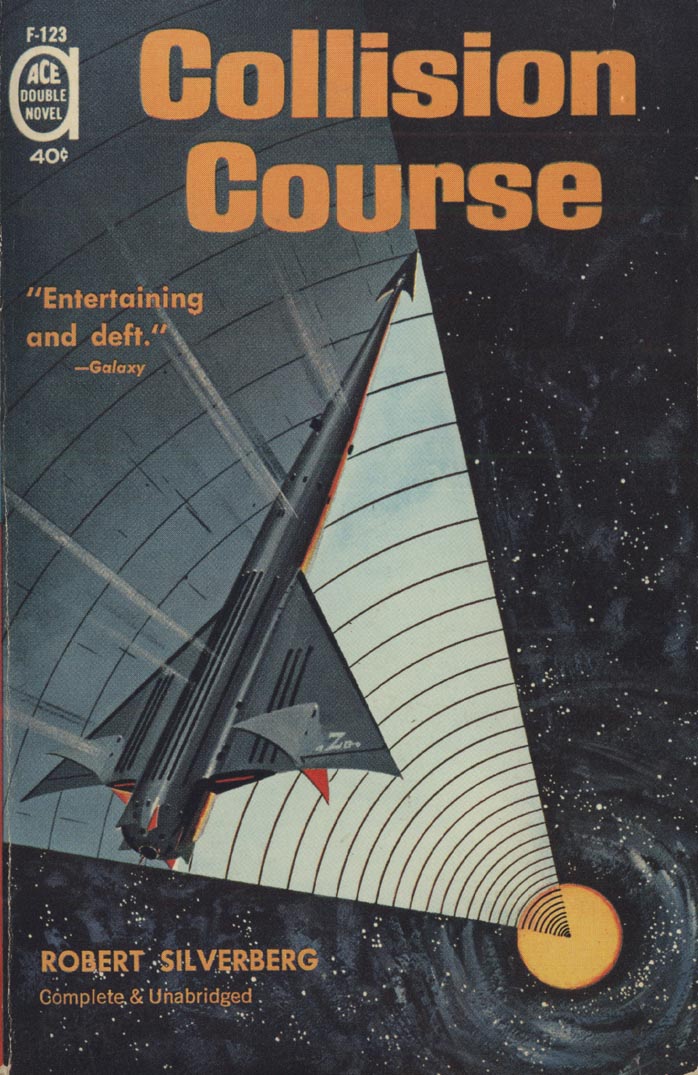 Ace Books, 1961
Ace Books, 1961
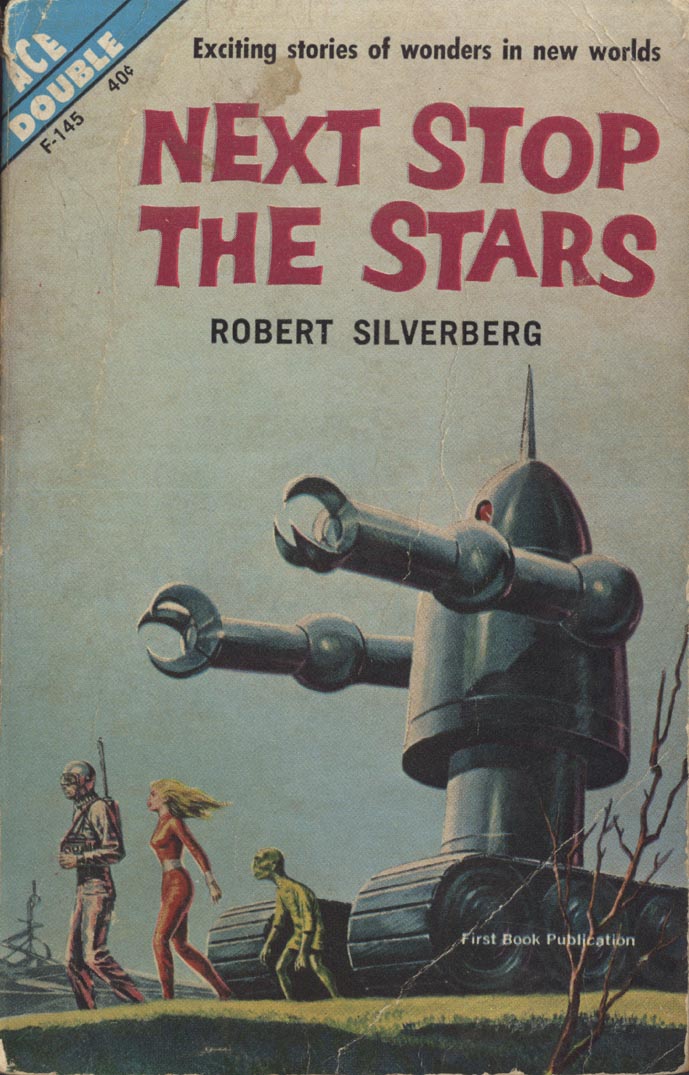 Ace Books, 1962
Ace Books, 1962
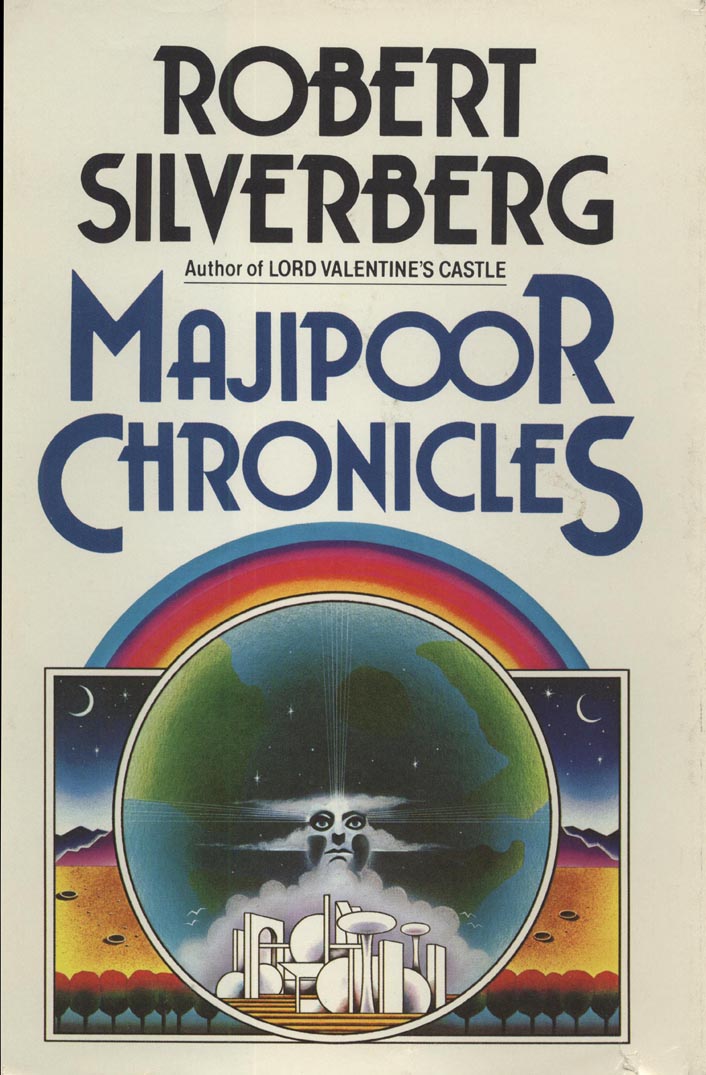 Arbor House, 1982
Arbor House, 1982
His was a career that would see a mind-boggling production of published works including short fiction and nonfiction stories, novels, and anthologies for which the publishing industry could not be sated.
Nonetheless, it is Silverberg’s science fiction creations and particularly his supremely successful
Majipoor series that would serve as the talismans of his success.
 Warner Books, 1990
Warner Books, 1990
Robert Silverberg’s later science fiction writings are notably distinguished for their character emphasis. Whether victim or villain, human or beast, Silverberg’s fictional characters possess a pulsing vitality and mortal quality of their own. They suffer pain, misfortune, and isolation but, true to their creator’s nature, they inevitably discover transcendence from their ills.
While initially dark in theme, it is this empathetic style that has become exceedingly popular and made Robert Silverberg an enduring figure in the fickle realm of science fiction publishing.
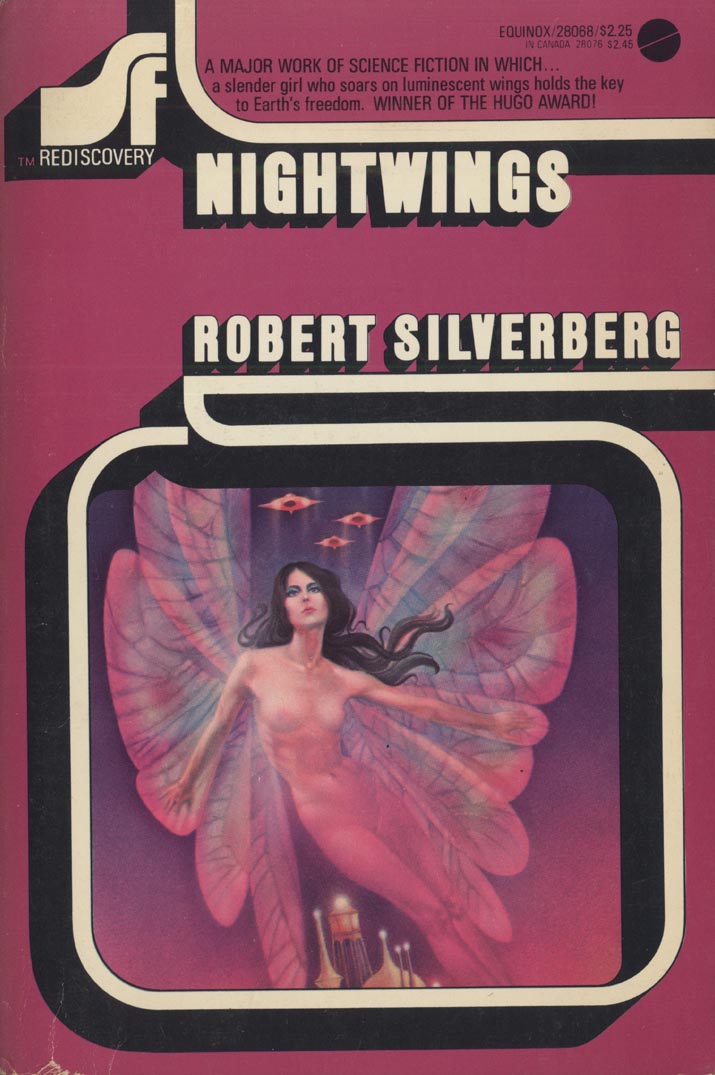 Avon Books, 1969
Avon Books, 1969
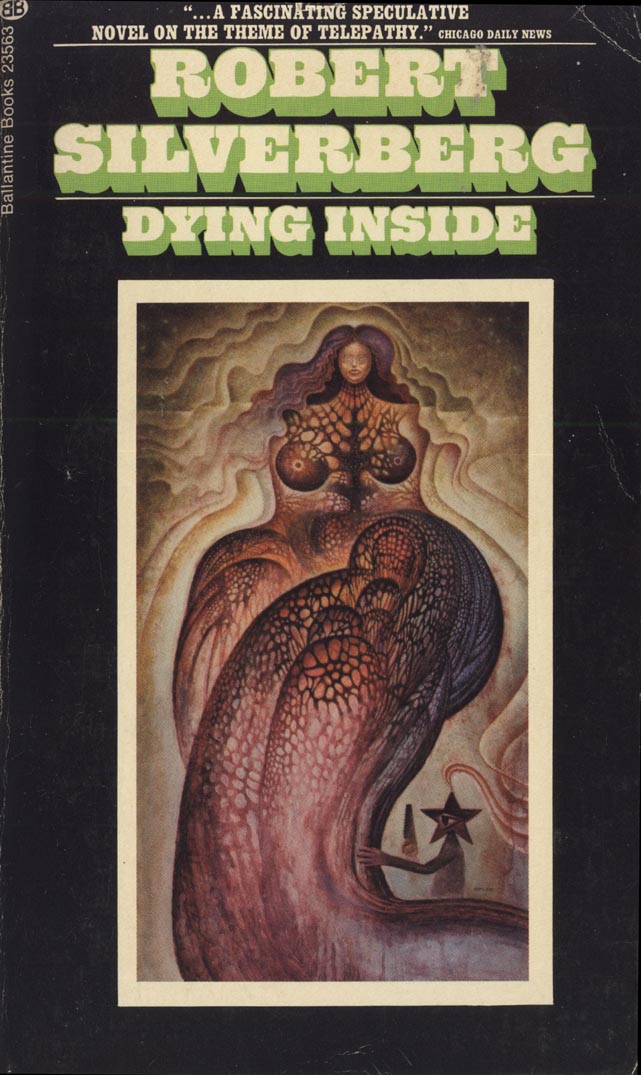 Ballantine Books, 1972
Ballantine Books, 1972
Cherished classics such as
Nightwings,
Dying Inside,
The Book of Skulls, and the
Majipoor trilogy have reaped Robert Silverberg numerous science fiction recognitions.
Among the most prestigious awards are 3 Hugo Awards, 5 Nebulas, the Jupiter, and the Prix Apollo. Silverberg was also presented with the Grandmaster Award by the Science Fiction Writers of America.
These days, Robert Silverberg concentrates his boundless talents on churning out a fresh flow of science fiction novels. The most current results of his energies include the final books of the
Majipoor Trilogy, as well as newcomers such as
The Alien Years and
The Longest Way Home.
Clearly, it is a relief to Silverberg’s vast readership that a writing career birthed in the imagination of youth and fed on the labors of prodigious production and determination has yet to rest its pen.
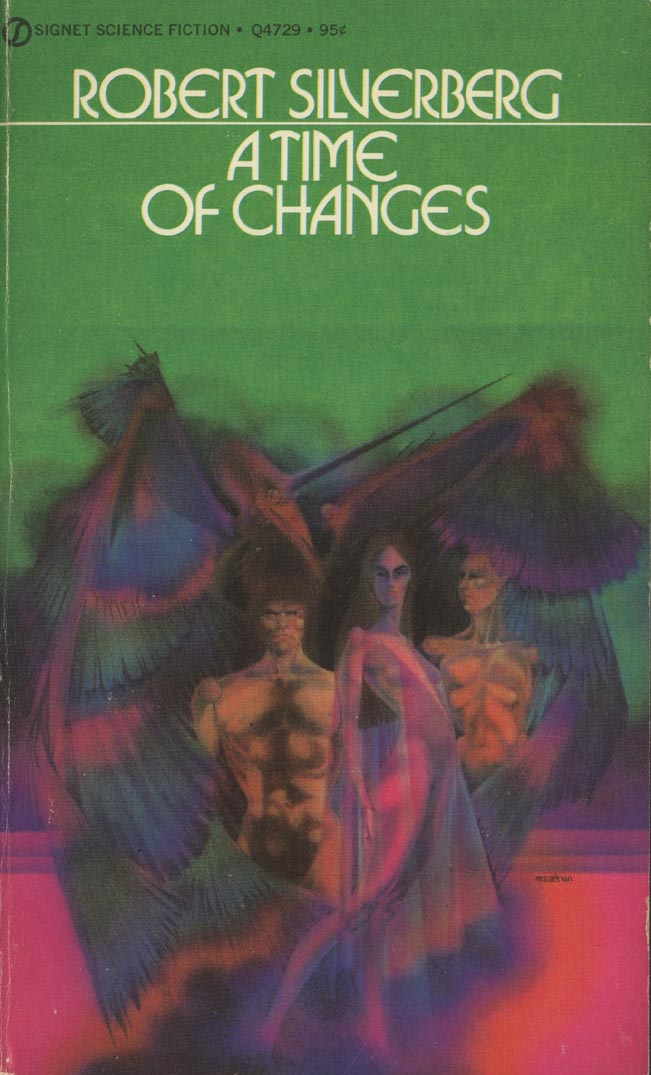 Signet, 1971
Signet, 1971
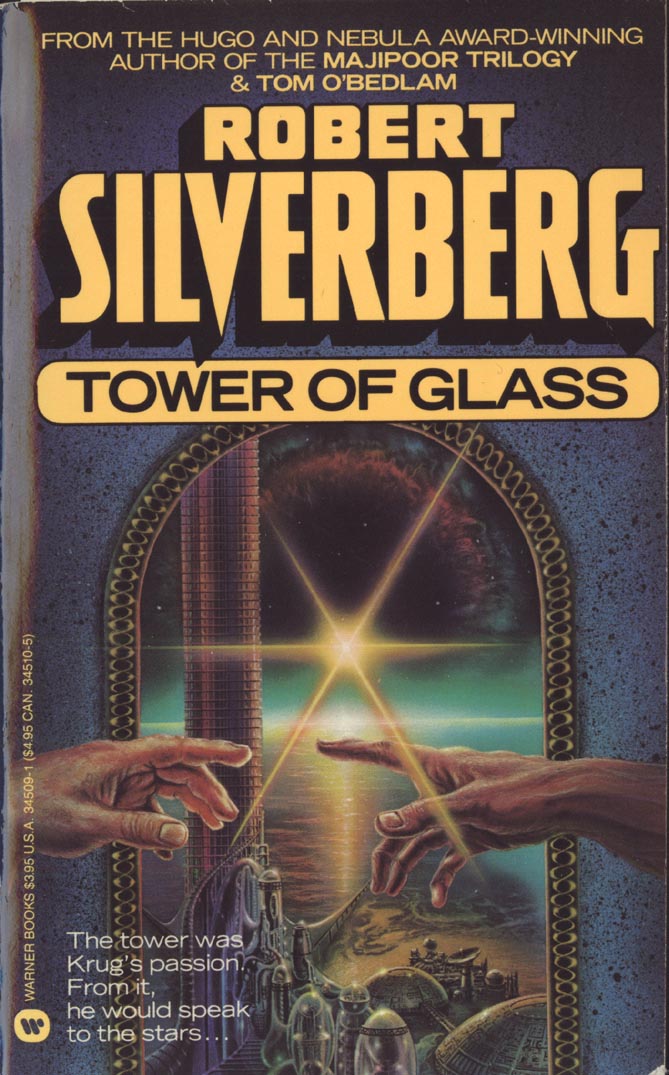 Warner Books, 1970
Warner Books, 1970
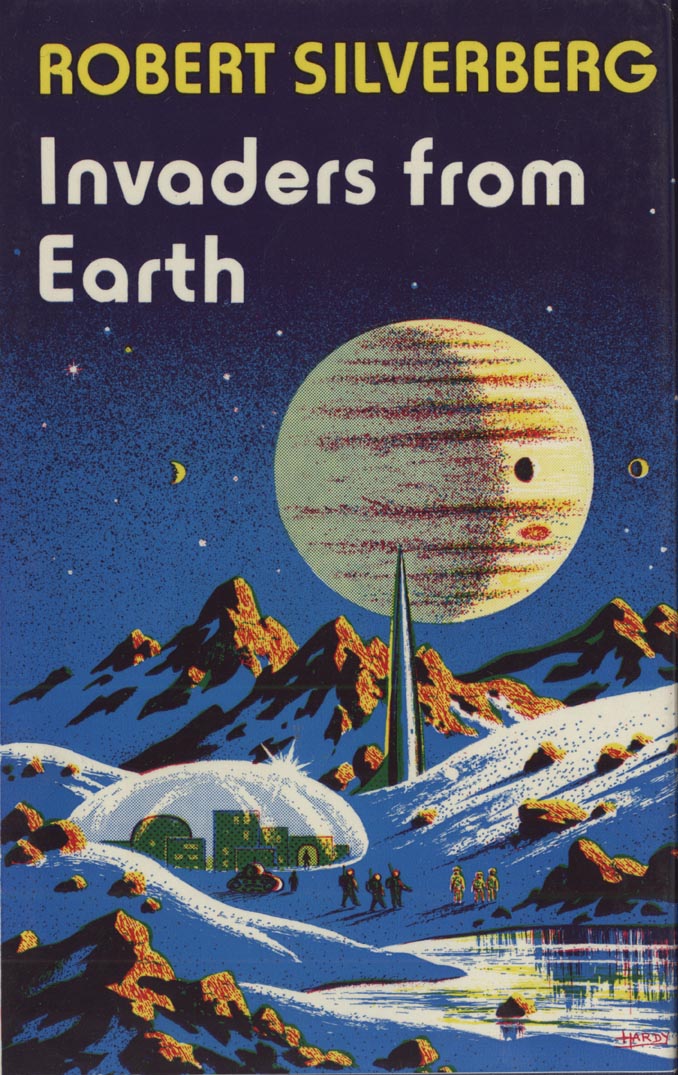 Ace Books, 1958
Ace Books, 1958
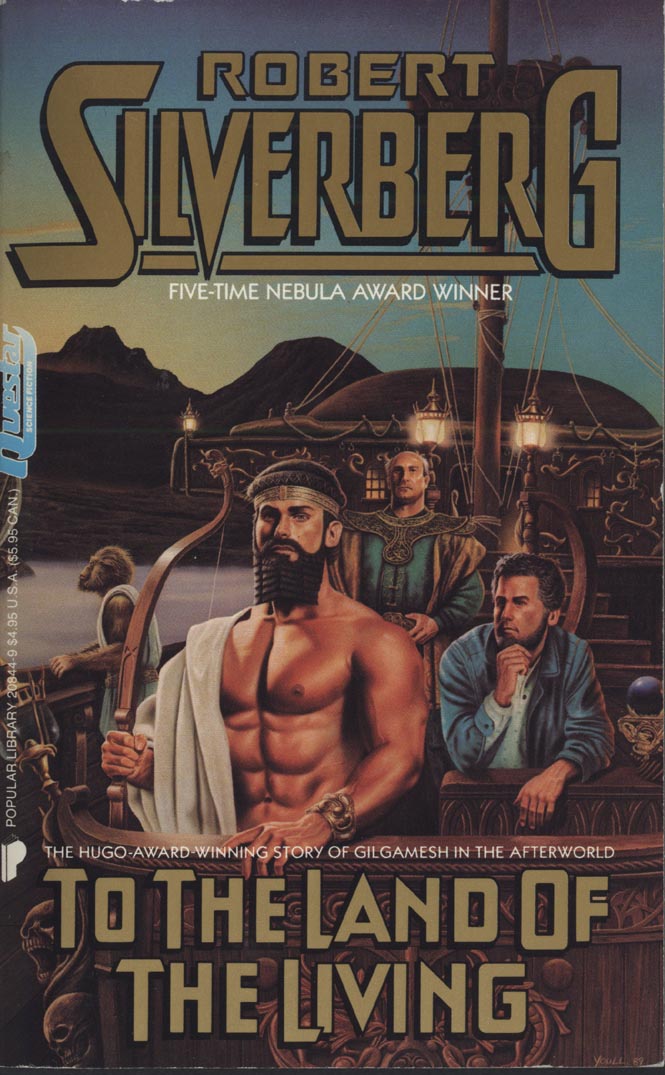 Warner Books, 1990
Warner Books, 1990
Special thanks to Amy McGarrahan (Special Collections Intern) and Nicole Smith (Special Collections Student Assistant) for their work on this project.
This presentation was created in HTML using CSS. The layout and
stylesheet are available to borrow via a share and share alike creative commons
license. See page source for details.
Bibliography
Science Fiction Pulps:
- The Science Fiction Source Book, Wingrove David; Van Nostrand Reinhold Company;
135 West 50th St; New York, NY 10020
- Science Fiction, Roberts Adam, Routledge,
29 West 35th St; New York, NY 10001; 2000
- Science Fiction Culture, Bacon-Smith Camille; University of Pennsylvania Press;
Philadelphia; 19104-4011; 2000
- 2000 AD. : Illustrations from the Golden Age of Science Fiction Pulps, Sadoul Jacques; H. Regnery; Chicago; 1975
- Over My Shoulder: Reflections on a Science Fiction Era, Eshbach Lloyd Arthur;
O. Train, Philadelphia; 1983
Science Fiction Fanzines:
- Science Fiction Culture, Bacon-Smith Camille; University of Pennsylvania Press;
Philadelphia; 19104-4011; 2000
- The World of Fanzines, Wertham Fredrik MD. ; Southern Illinois University Press;
Chicago; 1973
- The Encyclopedia of Science Fiction, Nicholls Peter ; Granada Publishing Limited;
Frogmore; St. Albans, Herts AL2 2NF, 1979
- DIY: The Rise of Lo-Fi Culture, Spencer Amy; Marion Boyars;
London; New York; 2005











